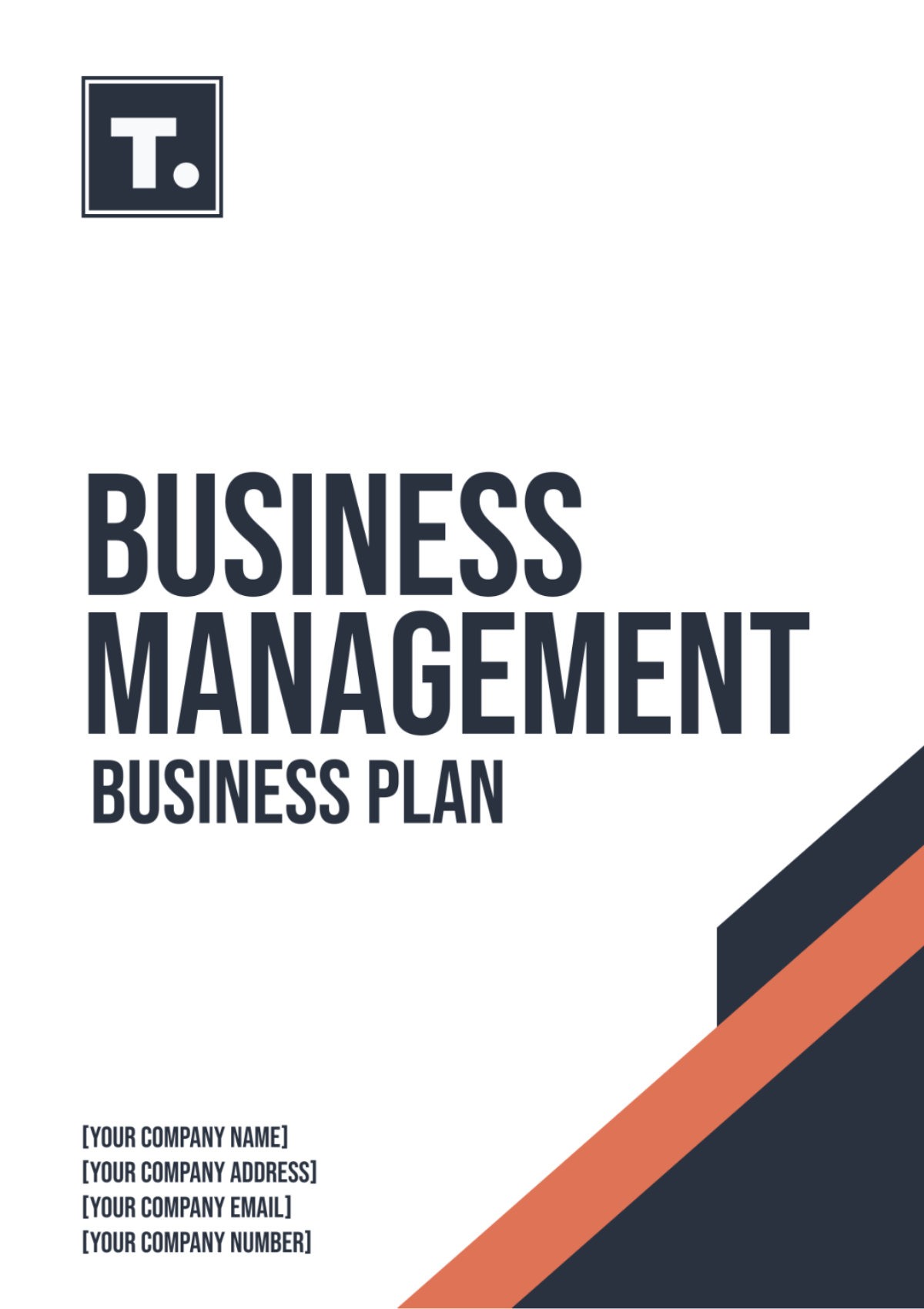Free Business Management Plan

I. Executive Summary
Business Name: [Your Company Name]
Nature of Business: Online retail of eco-friendly clothing and accessories
Mission Statement:
To provide stylish, sustainable clothing options that help customers make environmentally responsible choices without compromising on quality.
Objectives:
To increase market share in the eco-friendly clothing market, strengthen the brand identity, and achieve a 20% increase in sales over the next two years.
II. Business Overview
History: Founded in [Year] by environmental advocates and fashion entrepreneurs [Your Name] and Paul Smith.
Market Position: Emerging brand known for innovative use of recycled materials and ethical production practices
Products/Services: Offers a range of products including t-shirts, jeans, jackets, and accessories made from sustainable materials.
III. Organizational Structure
Diagram:
A simple organizational chart showing the CEO at the top, followed by departments like Marketing, Sales, Operations, and Finance.
Roles and Responsibilities:
CEO oversees company vision and strategy; Marketing handles branding and customer outreach; Sales manages customer orders and relations; Operations ensures product sourcing and inventory management; Finance manages budgeting and financial reporting.
IV. Management Team
CEO - [Your Name] : With 10 years in the fashion industry focusing on sustainability.
CFO - Paul Smith: Experienced in financial management with previous roles in retail sectors.
V. Operations Plan
Location: Operates primarily online with headquarters in [Your Company Name]
Logistics: Partnerships with environmentally friendly suppliers and third-party logistics companies for distribution.
Technology Use: Utilizes e-commerce platforms and CRM software for sales and customer management.
VI. Human Resources Plan
Hiring Strategy: Focus on attracting talent passionate about sustainability and skilled in e-commerce.
Training Programs: Regular training in customer service excellence and sustainable business practices.
Retention Strategies: Competitive salaries, positive work environment, and opportunities for professional development.
VII. Risk Management
Identified Risks: Market competition, supply chain disruptions, and changes in consumer preferences.
Mitigation Strategies: Diversify supplier base, maintain strong online marketing presence, and continuously update product offerings based on market research.
VIII. Financial Management
Budgeting: Annual budget with allocations for marketing, product development, and staff salaries.
Revenue Management: Regular review of product pricing and cost controls to maximize profitability.
Financial Projections: Projected to reach breakeven within the first 18 months with a steady growth in profits thereafter.
IX. Strategic Planning
Market Expansion: Plans to expand into the European market within the next five years.
Product Development: Introduction of new product lines including children’s wear and eco-friendly shoes.
Partnerships: Seek strategic partnerships with larger retailers for greater market exposure.
X. Performance Evaluation
Evaluation Methods: Annual performance reviews, monthly sales reports, and customer feedback surveys.
Improvement Processes: Implement changes based on feedback and performance metrics to ensure continuous improvement.
XI. Appendices and Supporting Documents
Legal documents, contracts with suppliers, detailed financial projections, market research data, etc.
- 100% Customizable, free editor
- Access 1 Million+ Templates, photo’s & graphics
- Download or share as a template
- Click and replace photos, graphics, text, backgrounds
- Resize, crop, AI write & more
- Access advanced editor
Business Management Plan Template, offered by Template.net. This customizable template is not only downloadable but also fully printable, adapting seamlessly to your unique needs. Modify it effortlessly with our AI Editor Tool, ensuring that your strategy is detailed, precise, and tailored to propel your business forward. Ideal for startups and established companies alike, this tool is a must-have for optimal organization and efficiency.
You may also like
- One Page Business Plan
- Coffee Shop Business Plan
- Restaurant Business Plan
- Food Business Plan
- Real Estate Business Plan
- Executive Summary Business Plan
- Cover Page Business Plan
- Nonprofit Business Plan
- Daycare Business Plan
- Construction Business Plan
- Startup Business Plan
- Medical Business Plan
- Bakery Business Plan
- Service Plan
- Hotel Business Plan
- Catering Business Plan
- School Business Plan
- Healthcare Business Plan
- Transportation Plan
- Sports Plan
- Car Wash Business Plan
- Salon Business Plan
- Clothing Business Plan
- Farming Business Plan
- Boutique Plan





























